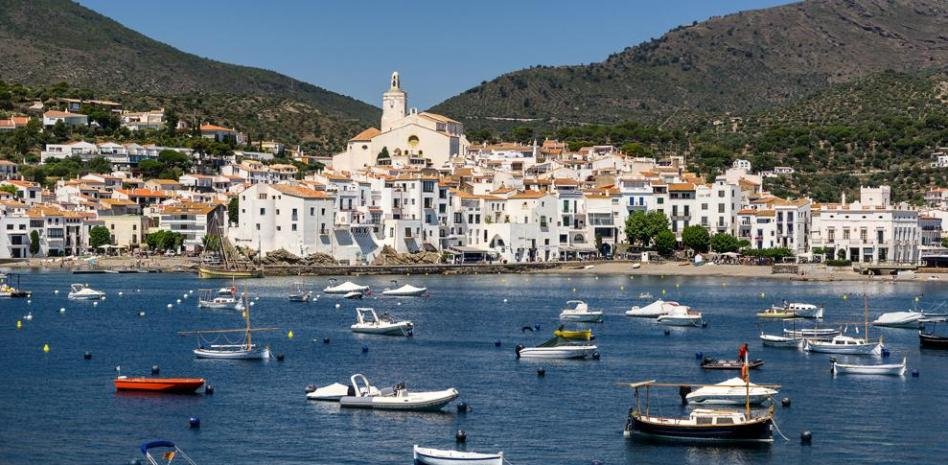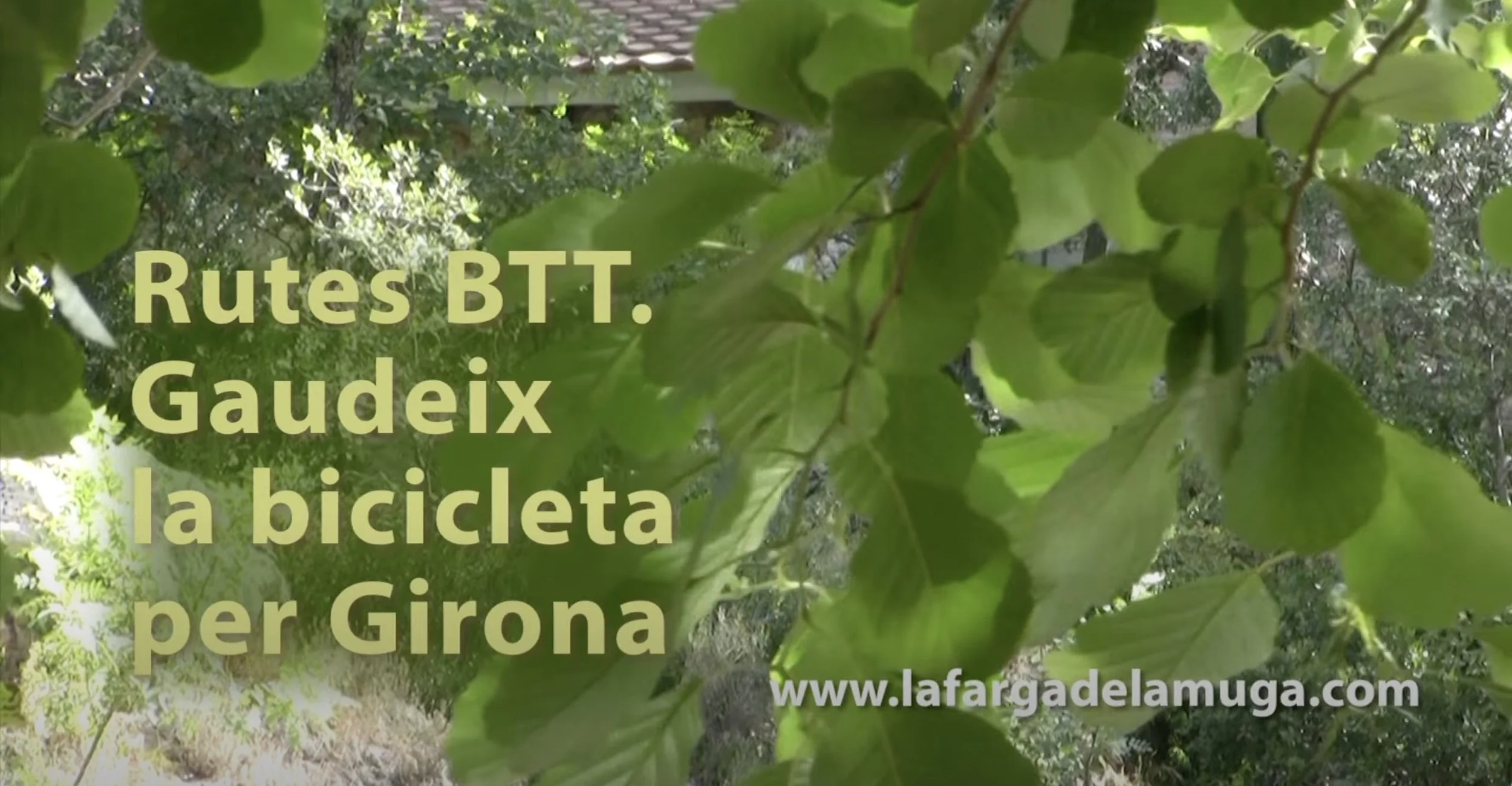A great environment to enjoy it!
-

-

-

-

-

-

Artisan cheeses
-

-

-

La Muga Natural Path
Presentation
The Natural Path of La Muga follows the course of the River La Muga and act as a connector between different natural areas, such as the Area of Natural Interest (EIN) of the Alta Garrotxa, the EIN de las Salinas, the EIN Cliffs of the Muga and the Natural Park of the Aiguamolls de l'Empordà. It can be reached on foot, by bicycle and on horseback. The route, of approximately 40 km, connects the Pyrenees with the Mediterranean and allows us to discover the riverside forest or practice activities such as fishing, cycling and hiking. It passes through the municipalities of Sant Llorenç de la Muga, Terrades, Boadella i les Escaules, Pont de Molins, Cabanes, Peralada and Castelló d'Empúries-Empuriabrava. Likewise, the Natural Path of La Muga allows us to connect with other circuits, such as the Itinerànnia trail network, the GR-11, the GR-2, the GR-92, the mountain bike routes (MTB) in the center of the Salines-Bassegoda Zone and the Camino de Santiago.
La Muga a female name for a male gender river
The name Muga means border. Border between two states, between two counties and between two regions. This river is born under the Pla de la Muga, at an altitude of 1,186 m, and from hostal de la Muga constitutes for about 5.5 km the French-Spanish border limit. Enter the Empordà by the municipality of Albanyà. It receives rainwater mainly from the Roc de Frausa, the Sierra de las Salinas and the Sierra de l'Albera. In the first stretch of the river there are multiple gorges, which are an ideal place to fish. Near Darnius we find the Boadella reservoir. The dam was built in 1969 and is 60 m high from the swamp bed. It reservoirs 62,000,000 m² of water, which water 10,000 ha of the fertile Empordà plain. Muga has several tributaries. Near Peralada receives the Llobregat d'Empordà, which increases the flow; and after Vilanova de la Muga, the River Manol. It flows into the Gulf of Roses, after 58 km of course, in the municipality of Castelló d'Empúries, and makes a natural border between Els Aiguamolls de l'Empordà and Empuriabrava. The avenues of this river are known as Mugades.
Natural Environment
As for biological diversity, it must be said that it is a river full of life. It is populated by typical Catalan river species, such as barbs and trout, crayfish (currently the American crayfish dominate the area, and the native one has almost disappeared), water snakes, salamanders, frogs, toads, etc. The presence of otters stands out. At the mouth we can also find slabs, sea bass and eels. Along its route we discover a wide variety of habitats, from well-established riverside forests or sclerophyll forests to areas of bush and herbaceous vegetation. The shores are full of riverside vegetation such as gallery forests of alders, willows, poplars, elms, and also vegetation more typical of intermittently flooded river sands. This natural space acts as a connector of the first order between the interior and the coast. It should be noted that the river course presents some areas very well preserved from a natural point of view.
Environment
Around La Farga, urban remorse is non-existent; only the noises of nature can be heard. Nearby, however, is the small municipality of Sant Llorenç de la Muga, where our basic needs can be covered in terms of shops and restaurants. Located in the Alt Empordà region, one of the richest areas of Catalonia due to the beauty of its landscapes, it is a good starting point to go to Figueres, where we discover the Gala-Dalí Foundation, and to get closer to the northernmost part of the Costa Brava, in the coastal town of Cadaqués, where the great painter lived, and where you can visit your house.
The gastronomic offer of Roses and the villages of the area satisfies the most demanding palates. And, of course, the ubiquitous nature in the empordà wetlands, beaches and fields, makes these crops a perfect target for both walking and cycling routes, completing huge leisure offers of all kinds.



